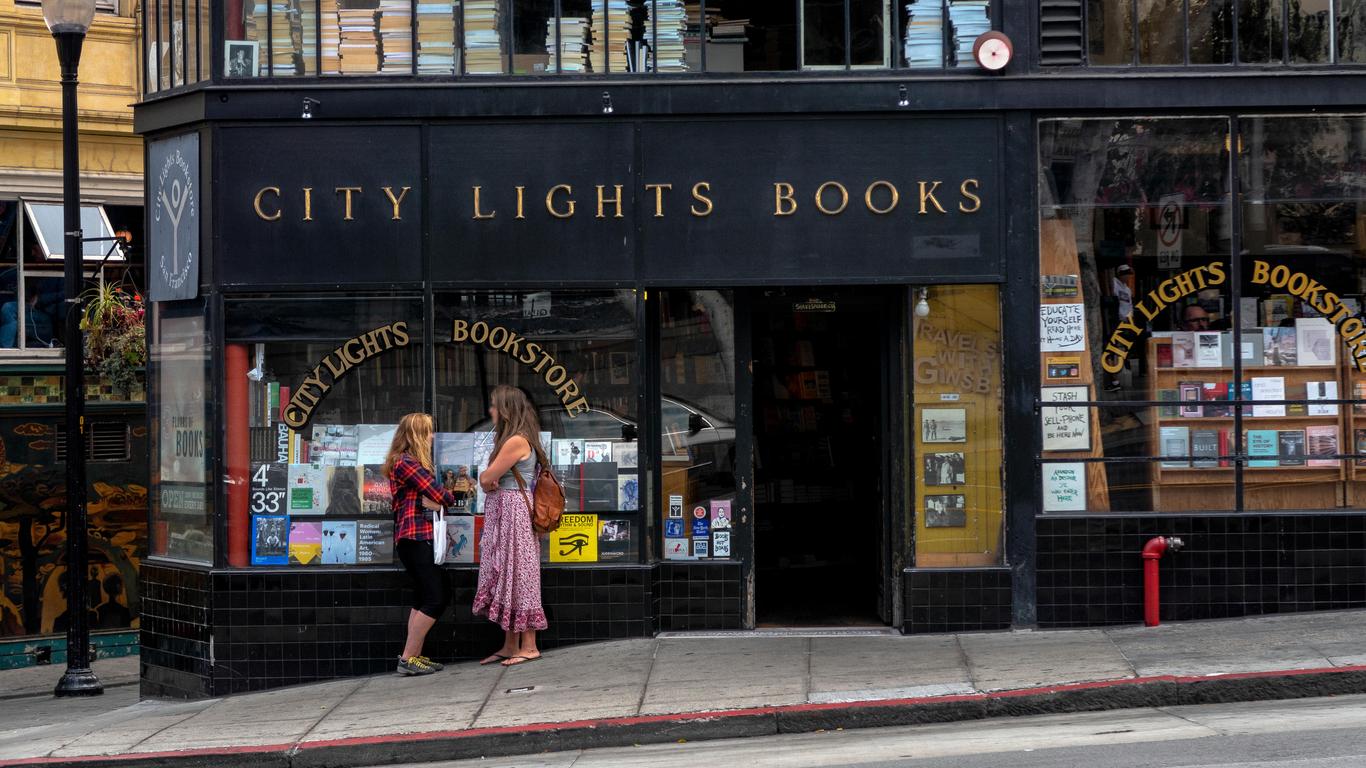Located in the north-east of San Francisco alongside Chinatown, Russian Hill and the tourism precinct of Fisherman’s Wharf, the neighbourhood of North Beach is in the heart of all the action. It has long been renowned as the city’s “Little Italy, with a large Italian-American population and countless Italian restaurants and gelato parlours within its densely packed streets.
Many of the district’s Italian restaurants, cafes and bakeries line Columbus Avenue and Washington Square, while "The Italian Cathedral of the West", Saints Peter and Paul Church, stands elegantly in front. It was here that legendary baseballer and local Joe DiMaggio famously came for photos following his marriage to Marilyn Monroe. It was also on these streets that the so-called Beat Generation emerged, giving rise to the San Francisco Renaissance. Between Columbus and Grant Avenues lies an alleyway where Beat Generation writer Jack Kerouac once lived, while Alan Ginsberg wrote his most famous poem "Howl" while living at 1010 Montgomery Street. The nearby City Lights Bookstore was said to be one of Kerouac’s favourite haunts and now stands as an official history landmark for its role in the Beat subculture. The area east of Columbus is the nightlife heart of the neighbourhood, with blues and jazz clubs mixed in with modern nightclubs and restaurants, while the rest of the district remains largely residential with a growing community of Asian-Chinese spilling over from neighbouring Chinatown.
North Beach is accessible by both bus and cable car, with each of the city’s three cable car lines passing through Chinatown, from where it’s just a short walk to North Beach. The busy streets are best explored on foot, with the neighbourhood relatively compact and little room available for car parking.
Much of the area on which North Beach now stands was constructed from landfill in the late-19th century, with docks, warehouses and fishing wharves built along the newly constructed shoreline. Following the earthquake which devastated the city in 1906, Italian immigrants living in the area began to establish its unique character, opening restaurants serving up fare from back home.
"





